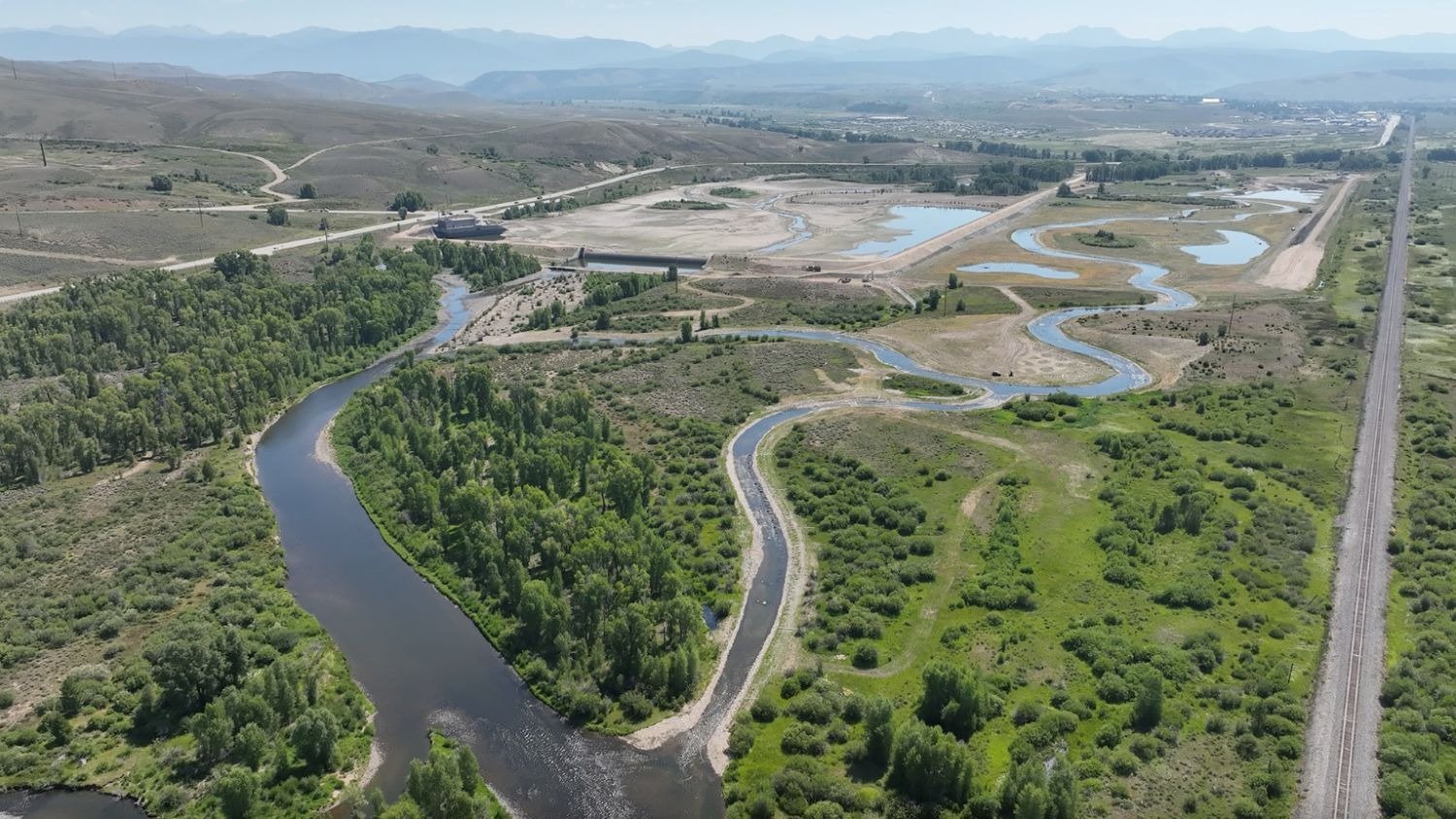March 2008
Trout Unlimited spent more time working on high level Colorado water policy -- helping draft visioning documents for the state's water committee, as well as working with staff and colleagues on a letter to the state about its role in funding non-traditional water projects with partial state ownership of the water rights.
We worked on producing some new Conservation Success Index type maps looking at restoration priorities based on projected climate change impacts as well as the costs of restoration for Colorado River cutthroats.
We did yet another talk on Rapanos, the US Supreme Court's decision that muddied the waters about the reach of the Clean Water Act.
Staff wrote comments for TU to the committee overseeing potential water court reform in Colorado, and met with one of the state's water referees who is helping TU by asking the same kind of questions we do for water rights applications where there are no opposers.
TU and the other parties to the Colorado water court proceedings to quantify the Black Canyon reserved water right are engaged in mediation. The court has stayed proceedings until April to allow negotiations to continue.
TU and others from the conservation community have helped to draft a bill that would that would more closely tie land use development (growth) to sustainable water supplies.
The Bureau of Reclamation (BOR) has released its Environmental Impact Statement (EIS) on Colorado Springs Southern Delivery System. The Water Project is working on preparation of comments on the EIS and will be discussing mitigation measures with BOR and Colorado Springs.
We have been advocating for three bills to strengthen the instream flow program in the 2008 legislative session. The bills are in the General Assembly process.
TU brought five Instream Flow (ISF) recommendations to the Colorado Water Conservation Board’s Instream Flow workshop. These were offered in cooperation with the Colorado Department of Wildlife (CDOW) and represent beginning of a year-long process that, hopefully, will end with ISF appropriations.
We are cooperating with the Dolores River Dialogue and the Colorado Division of Wildlife to look at the potential for doing some in channel restoration on the Dolores River below McPhee. Water Project staff and the CDOW are going to collect some pre- and post-spill data on sediments and channel morphometry to determine whether or not the extensive armoring can be reduced with substantial floods alone.







